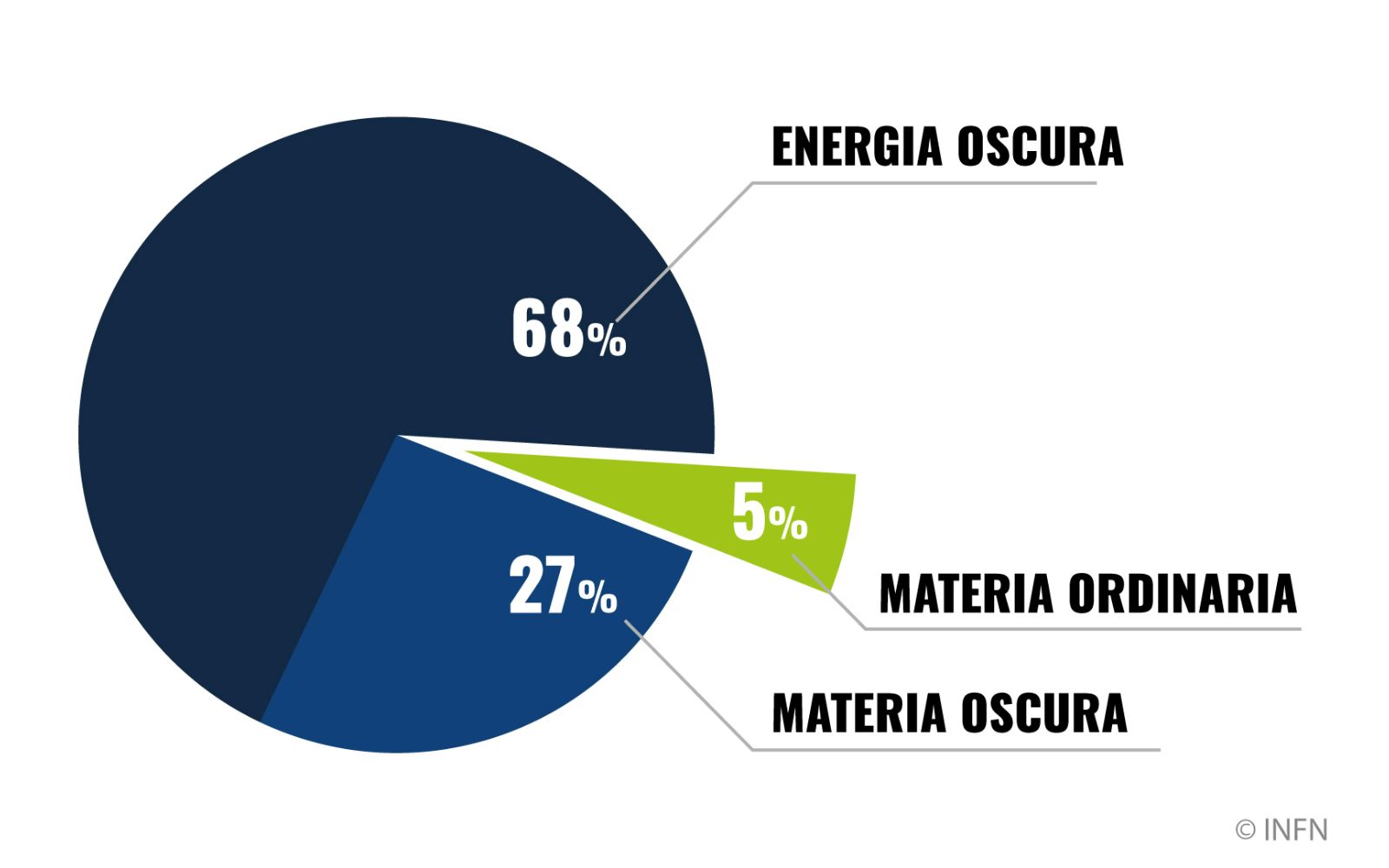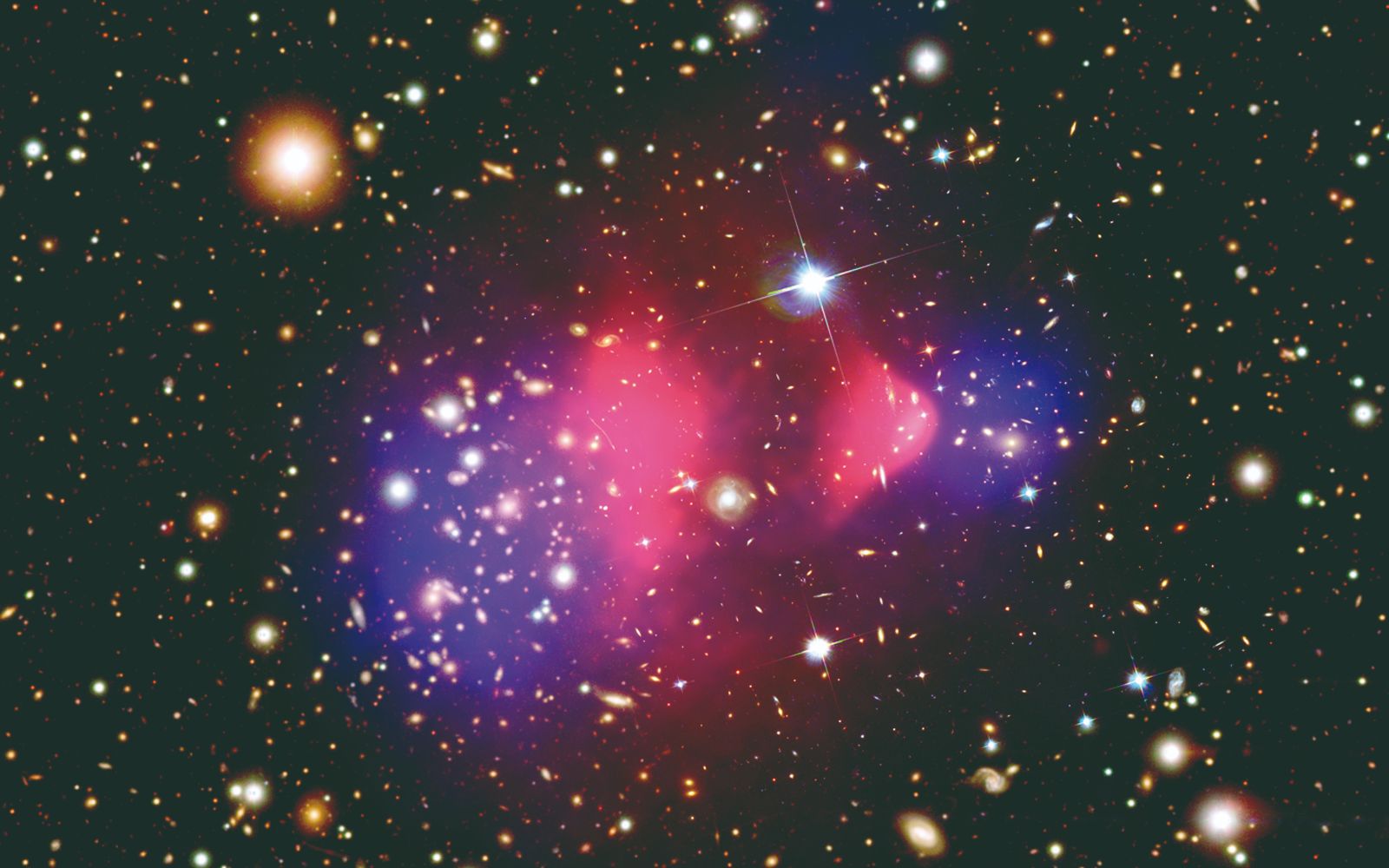According to current estimates, dark matter makes up about 85% of the total mass of the universe, while ordinary matter, the kind we are made of and are familiar with, accounts for only the remaining 15%. In other words, it’s not just a dark mystery, but a giant one.
To date, there is no confirmed observational evidence for WIMPs or any other hypothetical dark matter particles. While the scientific community remains committed to pushing forward with even more sensitive experimental searches, alternative hypotheses to dark matter are also beginning to be taken more seriously such as those related to primordial black holes or the theory of modified gravity.
Since the discovery by Rubin and Ford, the dark matter hypothesis has become increasingly popular within the scientific community, also thanks to other indirect evidence that goes beyond the issue of galaxy rotation curves, such as gravitational lensing, the observation of the Bullet Cluster, data from the cosmic microwave background radiation, and insights from simulations.
Gravitational lensing is a phenomenon predicted by Einstein’s theory of general relativity, and it is observed when the light from a distant object (such as a galaxy or a supernova) is bent by the gravity of a very massive object (like another galaxy or a galaxy cluster) that lies between the observer and the distant object. Although dark matter does not emit light or electromagnetic radiation, it plays a fundamental role in gravitational lensing. In fact, dark matter contributes to the mass of the lensing object, thereby increasing the curvature of space-time and altering the path of the light coming from background objects.
The Bullet Cluster is a system composed of two galaxy clusters that collided at high speed about 3 billion light-years away from us. During the collision, the different components of the cluster behaved in different ways, supporting the hypothesis of a large amount of invisible mass attributable to dark matter. The Bullet Cluster shows that most of the universe’s mass is not made of visible matter and is one of the most direct observational proofs of the existence of dark matter, as it reveals a physical separation between visible matter and gravitational mass.
Moreover, the study of the Cosmic Microwave Background (CMB), a microwave radiation that permeates the entire universe and was released about 380,000 years after the Big Bang, when the universe was still in its infancy, provides important evidence for the existence of dark matter. In particular, the CMB offers precise information about the density and composition of the early universe, including the amounts of ordinary and dark matter present shortly after the Big Bang, a sort of fingerprint of the primordial universe.
Among the supporting evidence, one can also include the existence of large-scale structures in the universe, whose formation, according to numerical simulations, appears to require a greater amount of mass than what is directly observable.








